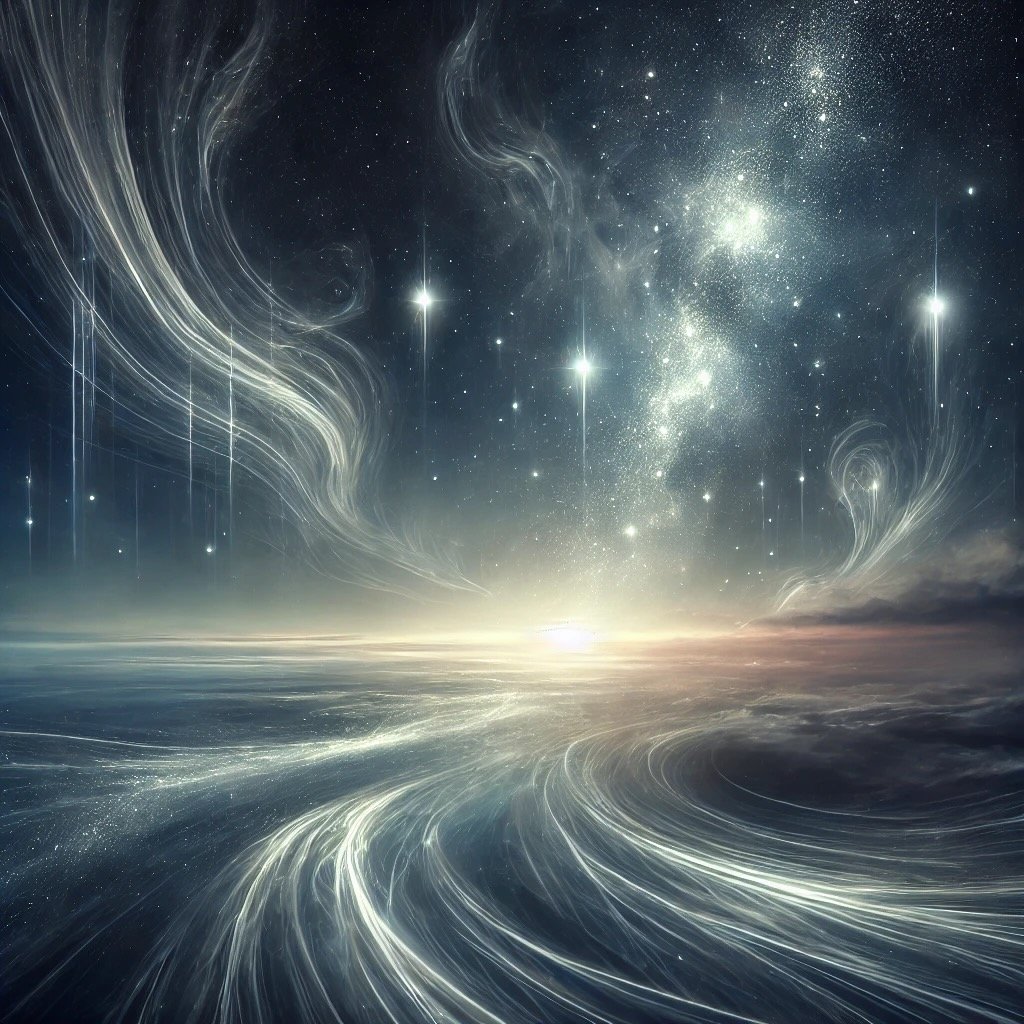Awash in Ancient Photons - A Perspective on Astrophotography
October 21, 2024
Table of Contents Show (Click on lines to navigate)
The Luminous Universe
All objects in the observable universe shed photons - this is what makes them shine!
The night sky is brimming with luminous objects.
Some began glowing relatively recently.
Some have been shining since the dawn of time, as far back as the Big Bang.
Some are close by, within our own solar system.
Others lie at the farthest edges of the universe.
The number of these luminous sources is vast, almost unimaginable.
Each emits photons—tiny packets of energy—that make them shine. The photons shoot out in all directions and because of this, some will fall upon us.
They may have started from different places and times, but they all end their journey and arrive at the Earth simultaneously - from our point of view.
Bathed in a Sea of Photons
Photons from many objects and from different distances all arrive on Earth at a given moment.
Imagine what this means.
When you stand beneath the night sky, you are constantly being bathed in a sea of photons from almost all of these sources in the observable universe.
These photons, which began their journeys across vast, incomprehensible distances, now end as they are absorbed by our eyes and bodies. Yet, we remain largely unaware of their presence.
Perhaps you notice photons from the Moon, the planets, or some of the brighter stars, but there is so much more beyond the reach of the unaided eye.
These photons come from:
Planets and moons within our solar system
Stars—some newly born, some in their stable phases, and others nearing the end of their life
Glowing molecular clouds excited by nearby bright stars
The combined glow of galaxies that may be millions of light-years away
Quasars, some of the most distant objects in the universe
Even red-shifted photons from the Big Bang itself
These objects can be seen over time because they continuously release photons from moment to moment.
As we observe the night sky, we are essentially watching a cosmic movie unfolding in real time, showing us what these stars and galaxies looked like when their photons first began their journey.
Astrophotography can show what is not seen to the unaided eye.
Astrophotography: Revealing The Whispering Skies
Telescopes and cameras can reveal much of what the naked eye cannot.
When capturing an astrophotograph, we focus on a small section of the sky—a tiny sliver of the vast expanse above.
The scope's aperture acts as a funnel, capturing photons that land in an aperture that is much larger than the pupils in our eye. These photons are focused on the small area of the camera sensor.
Even though only a few photons might be hitting the sensor each second, the camera can accumulate these over time to build an image. This lets us view the source that shed these photons so long ago.
In astrophotography, the photons captured by our cameras have traveled immense distances before finally reaching us. As they come to rest on the camera sensor, they paint a picture of the past, preserved in the present.
There is something awe-inspiring about realizing that you are constantly immersed in this sea of photons.
The night sky speaks to us, but it does so in whispers.
Astrophotography allows us to listen more closely and hear the Whispering Skies.
The Whispering Skies - weak, thin steams of photons from all of the objects in the observable universe





